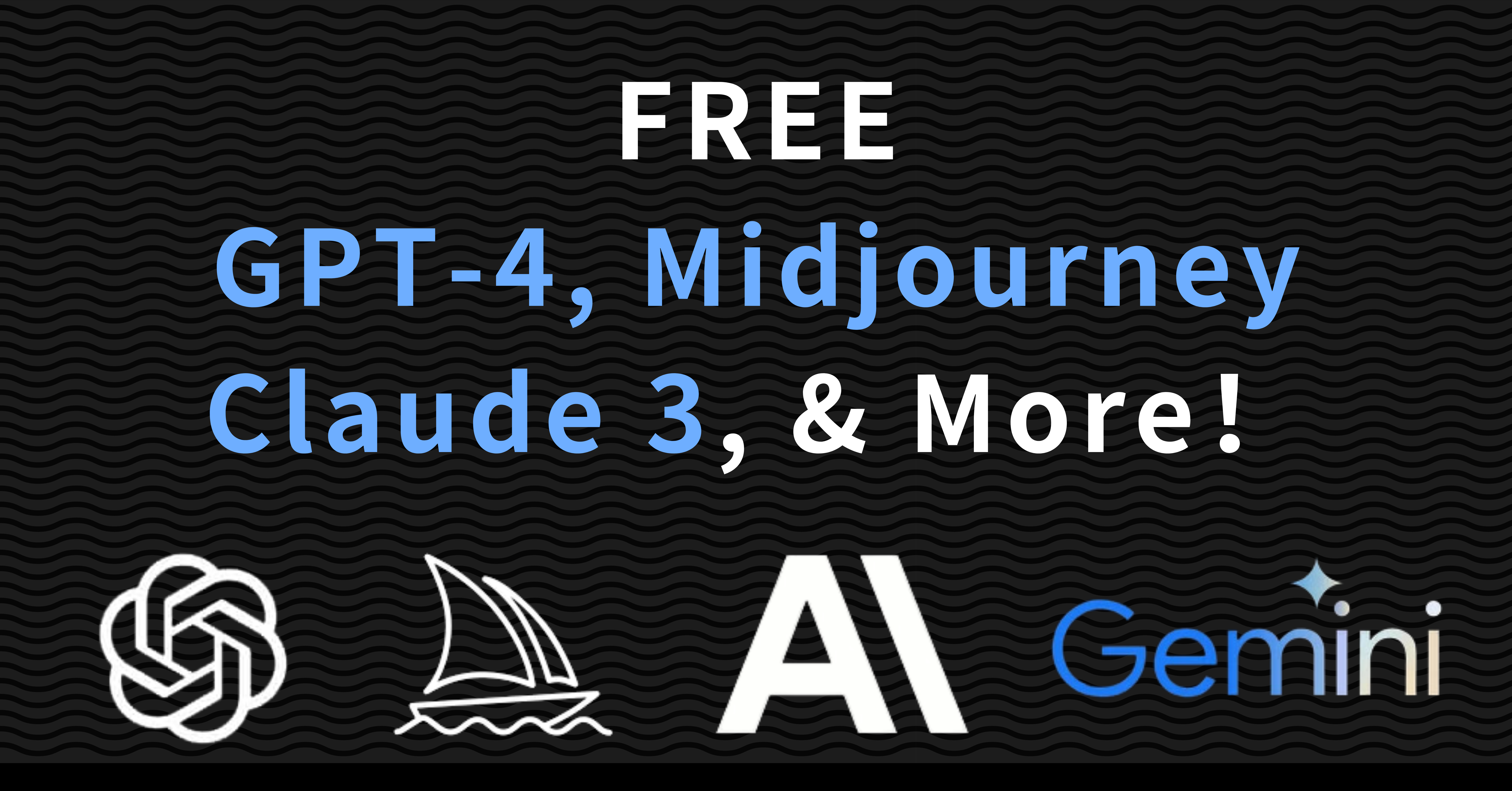Empowering Innovation: Top Open-Source GPT-4 Alternatives for Efficient AI Development

Exploring Cost-Effective and Resource-Efficient GPT-4 Alternatives
GPT-4 open-source alternatives that can offer similar performance and require fewer computational resources to run. These projects come with instructions, code sources, model weights, datasets, and chatbot UI.
GPT-4 is the most advanced Generative AI developed by OpenAI. It is changing the landscape of how we do work. However, GPT-4 is not open-source, meaning we don’t have access to the code, model architecture, data, or model weights to reproduce the results. We cannot create our own GPT-4 like a chatbot.
To balance the scale, open-source communities have started working on GPT-4 alternatives that offer almost similar performance and functionality and require fewer computational resources.
You can learn about GPT-1, GPT-2, GPT-3, and GPT-4 by reviewing: What is GPT-4 and Why Does it Matter?, or you can learn to use ChatGPT For Data Science Projects and master prompt engineering to get better at building end to end data science projects.
In the article, we will introduce 12 GPT-4 alternatives with a brief description and links to the relevant research paper, blog post, chatbot demo, code source, and model card.
Note: Some of the models mentioned have a non-commercial license, which restricts their use to research and academic purposes only. You need to understand these limitations before using them.
1. GlobalGPT
GlobalGPT is a robust platform that supports multiple AI models including ChatGPT versions 4 and 3.5, Claude, Midjourney, Suno, and Perplexity, providing a seamless experience for users in China with direct connectivity—no VPNs or complex setups needed. Just sign up with an email and start exploring its capabilities.
This service operates on a "pay-as-you-go" basis, allowing you to control costs effectively by paying only for what you use. GlobalGPT combines the flexibility of various AI technologies into one platform, making it an economical and efficient solution for both individual creators and large enterprises looking to leverage the power of AI in their creative projects.

Pay-as-You-Go:
Top Up from Just $1 Balance Never Expires
All-in-One: Access All Models in One Place
AI Total Data Privacy
Unlimited Usage Limitation
Accepts Fiat and Crypto Payments
2. ColossalChat
ColossalChat is an open-source project that allows you to clone AI models using a complete RLHF (Reinforcement Learning from Human Feedback) pipeline.
It is a completely open-source project comprising the bilingual dataset, training code, demo, and 4-bit quantized inference. All the components will help you create a customized chatbot cheaper and faster.
3. Alpaca-LoRA
Alpaca-LoRA is a model that was created using the Stanford Alpaca and low-rank adaptation (LoRA). The low-rank adoption allows us to run an Instruct model of similar quality to GPT-3.5 on 4GB RAM Raspberry Pi 4.
The project provides source code, fine-tuning examples, inference code, model weights, dataset, and demo. The best part is that we can train our model within a few hours on a single RTX 4090.
4. Vicuna
The Vicuna can generate coherent and creative text for chatbots. It is a transformer-based architecture that was fine-turned on a conversational dataset collected from ShareGPT.com.
Vicuna provides almost 90% of ChatGPT performance. It is a part of FastChat, an open platform that allows users to train, serve, and evaluate their chatbots. FastChat provides all the necessary components and tools for building a custom chatbot model.
5. GPT4ALL
GPT4ALL is a chatbot developed by the Nomic AI Team on massive curated data of assisted interaction like word problems, code, stories, depictions, and multi-turn dialogue. The model architecture is based on LLaMa, and it uses low-latency machine-learning accelerators for faster inference on the CPU.
With GPT4ALL, you get a Python client, GPU and CPU interference, Typescript bindings, a chat interface, and a Langchain backend.
Conclusion
These GPT-4 alternatives can help researchers, developers, and small companies to create their language-based technology and compete with giants in the industry. The performance of the models is not above GPT-4, but with time and community contribution, some could have the potential to overtake GPT-4.
If you are new to ChatGPT, try taking our Introduction to ChatGPT course, and if you are aware of generative AI, you can get better at prompting by reviewing the comprehensive ChatGPT Cheat Sheet for Data Science, or by checking out the resources below.
See Also
Free Mastery of Claude 3 Opus: An In-Depth Manual
Free Access to GPT-4: A Detailed Tutorial
AI Empowerment: Unleashing the Potential of ChatGPT
